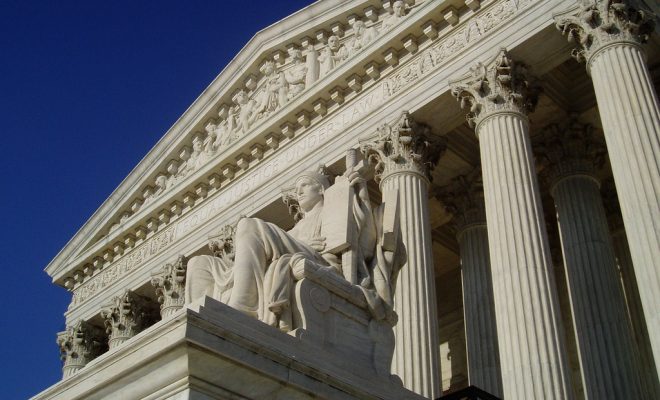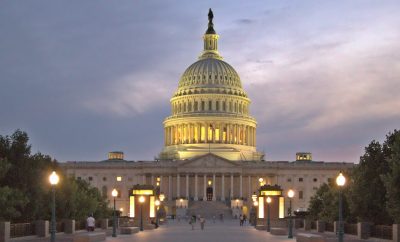 Image Courtesy of Matt Wade; License: (CC BY-SA 2.0)
Image Courtesy of Matt Wade; License: (CC BY-SA 2.0)
Politics
What Happens Next for SCOTUS Nominee Neil Gorsuch?
It all began almost exactly one year ago: Supreme Court Justice Antonin Scalia was found dead in his hunting lodge in Texas. We all know what happened next. President Barack Obama nominated Merrick Garland to fill Scalia’s seat. Republicans, led by Senate Majority Leader Mitch McConnell, refused to allow Garland a hearing. The stonewalling paid off when Donald Trump won the presidential election in November. On Tuesday, President Trump nominated Neil Gorsuch, a federal appeals court judge in Denver, to fill the vacant post. But Gorsuch has a number of hurdles to clear before he can take a seat on the most coveted bench in the land.
First, he must complete a questionnaire that can run up to a few hundred pages long. Gorsuch will have to cite every opinion he has written. He will also have to divulge all of his sources of income–including speaking fees–and any essays and other documents he has written. The Senate will examine his answers, the FBI will conduct a background check, and members of the Senate Judiciary Committee will conduct investigations of their own.
Next, after procedural obstacles are cleared, the long and arduous journey to the confirmation hearing will begin. Gorsuch will meet privately with Senators of both parties. Meanwhile, Democrats and Republicans will hash out the details of the confirmation hearing, such as when it will be held, and how many witnesses will be allowed to participate. To prepare for the hearing, which can last three to four days, Gorsuch will undergo a mock hearing with his advisers, where they will try to foresee any questions that might be hurled his way.
The final step, a Senate vote, is where things can get really interesting. This is no ordinary vote. Many Democrats vividly remember how Republicans treated Garland; others seem ready to support Gorsuch. Confirmation, as the rules currently stand, requires 60 Senate votes. There are 52 Republican Senators and 46 Democrats (and two Independents). Therefore, if the GOP unanimously backs Gorsuch, they would need eight Democrats to push him through.
But the chorus of Democrats who wish to obstruct Trump’s nominee as the Republicans did Obama’s nominee is growing. As the rules stand, they do have that ability: Democrats could choose to filibuster and effectively refuse to give Gorsuch the 60 votes he needs to pass. There are signs, however, that McConnell is willing to change the rules to lower the threshold of votes needed to pass to 51, or a simple majority vote. If that happens, Gorsuch would sail through the confirmation vote.
In a meeting with McConnell and other Republicans, Trump seemed to support a rule change if it comes to that. “If we end up with that gridlock, I would say, ‘If you can, Mitch, go nuclear,'” he said. In 2013, Harry Reid, the Democratic Senate majority leader at the time who has since retired, provided a blueprint for a rule change. Responding to Republican opposition to Obama’s agenda, Reid slashed the filibuster option for cabinet positions and other presidential nominations, including judicial nominees. If McConnell embraces the same route, the rule change would affect Supreme Court nominations beyond Gorsuch, beyond Trump’s presidency, and beyond the current Republican hold on Congress.








Comments